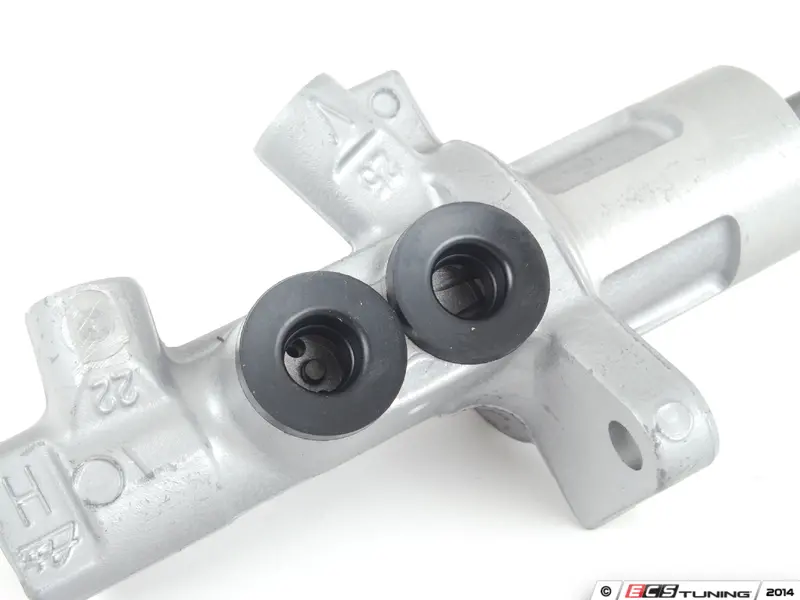Moving this conversation here to settle master cylinder discussion.
Quote:
Originally Posted by chris_flies

135i MC is the same as ours, go for an E9x M3 (or 1M) master cylinder. That's what I did, and the brake feel is fantastic!
|
Quote:
Originally Posted by Suprgnat

It's all about the larger take-up cylinder to accomodate the greater piston area. 128i is a 22/23, 135i is a 22/25, and 1M is a 22/26.
Oh, 135i is different.
|
Suprgnat is correct here. 128i and 135i master cylinders differ.
Quote:
Originally Posted by chris_flies

Huh, I thought ours was the same, oh well.
The larger piston is exclusively for the fronts, look at the system diagrams on TIS. I actually had a discussion about that with someone else in another thread.
|
Quote:
Originally Posted by Suprgnat

Not how that works. Google take-up cylinder. The take up cylinder may only effect the front, but the "working area" is still only 22mm or whatever.
|
Suprgnat also right here. I learned something new today as I thought the larger piston was for the fronts as well. Turns out it's just a configuration to take up fluid volume early in the pedal stroke.
Quote:
Originally Posted by Suprgnat

|
The confusion lies in that the take up piston (the larger of the pistons) is attached to the primary piston and in most tandem cylinder diagrams, a take up valve is not shown, nor is a larger piston for take up.
To summarize:
The take-up piston flows extra fluid volume forward to the primary piston's circuit. It does so because of the valve controlling the backfill behind the primary piston. This valve closes under a certain condition so that the fluid can only escape past the primary piston seal. It fills the primary circuit more rapidly until pressure is built and that check valve opens and the primary piston seal seals and then the working piston diameter immediately goes down to the 22 mm present in all these MCs we're discussing.
Quote:
Originally Posted by chris_flies

According to newTIS, there is no Quick Take-Up valve in the hydraulic system, as would be necessary for that to work. The two master cylinder outlets, again, according to newTIS, never have an opportunity to combine flow. Our DSC module is almost the same as what was in the E46, it doesn't have much of the cool complex stuff really modern cars have. And I can't see how it would be incorporated into the master cylinder, because there simply doesn't appear to be the facilities/space for it (based on the 15 minutes of reading I've done).
https://www.newtis.info/tisv2/a/en/e...system/1tHNoSj
And it just wouldn't make sense from just feeling the difference in the brakes. They would feel the same after the take-up after the MC swap, and they simply do not. The pedal is MUCH shorter and heavier. |
I wouldn't think the take-up valve would be shown in that diagram. The master cylinder is a single point. If it were included in a diagram, then you'd expect primary and secondary seals and their intake/vent ports to also be included.

On this image of a 135i master cylinder, you can see what I think may be a take up valve (but its in the 22 port so IDK)?
So your upgrade to a 1M cylinder just makes the front brakes take up VERY fast and contributes to a shorter overall stroke. But your force applied in the end is no different than the 128i or 135i cylinders.
The only confusing thing is why BMW/Ate have the piston diameters on the outlet ports. It seems to suggest those are the working piston sizes, but apparently not.
Check out page 7
http://faculty.ccbcmd.edu/~smacadof/...B_a5_m03_Final
